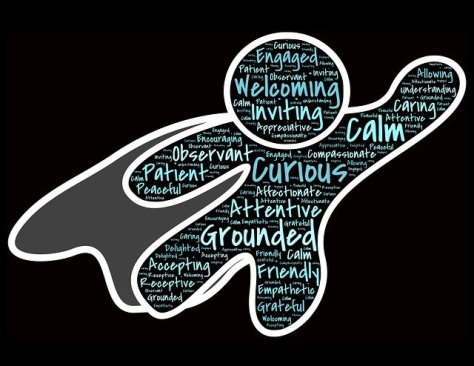Have you been paying attention to how you listen? I’ve been writing about this in recent posts. Have you noticed any selective hearing?
Humans learn to sift and sort at any early age. We learn coping methods to drown out distracting movements and sounds. In the process, we often develop the habit of selective listening.
However, relying on this skill could cause us to miss important cues, or even direct communication. Maybe it’s time to practice a few new skills. Certainly, leaders can learn to listen better by taking a few tips from the training therapists receive.
Be Curious
Curiosity allows us to think more deeply, rationally, and innovatively. Curious leaders gain more trust and respect, and are better able to adapt in uncertain conditions and external pressures. As a leader, how do you strengthen your curiosity? For example, how often do you:
- Read a wide range of topics, genres, and authors
- Consult with others
- Explore without an agenda—i.e. take a trip, a walk, a visit to brick and mortar book store
- Ask “dumb” questions
- Learn something new—i.e. memorize new facts, learn a new game/language/musical instrument
- Deepen your existing knowledge and expertise
- Ponder the unknowable
I encourage you to think about this list with curiosity. Then, consider using it as a checklist, or even pick out a goal or two.
Practice Active Listening
As a leader, one of the most important things we do for those we lead is to listen. And while we may think we’re paying full attention, we may be sending a message that we’re not. Instead, practice active listening without judgement:
- Stop what you are doing. This is perhaps the most important, and loudest signal you can give to the other person. If you are walking, stop. Turn to face the other person squarely. If you are seated and holding something, put it down, and if possible, away from your reach, and face the other person squarely. If you are not able to fully participate, or have limited time and attention, let them know, and, schedule a time and place when you can.
- As the other person is speaking, pay attention to their non-verbal language—their tone, body language, and gestures—as well as the details of what they are saying. As appropriate, mirror their actions (make eye contact, smile, lean in, relax your face, etc.).
- Ask for clarification, or elaboration, without interrupting them as they speak. To do this well, without manipulating the conversation with your own bias, agenda, preconceptions, or motives, takes practice. Allow for silence as someone searches for words or composure by maintaining eye contact and using appropriate facial expressions. Ask open-ended questions that can not be answered with “yes” or “no”. If you do need specific clarification, ask close-ended questions.
- Paraphrase what you think you heard, verbally and non-verbally. Include what you perceive to be their feelings, emotions, beliefs, thoughts, suggestions, ideas, requests, etc. Include details, as well as the big picture. Acknowledge what you don’t understand, or know.
- Don’t rush to solutions, or fixes. Be patient, but not passive. And remember, the goal is not to critique what they say, rather, it is simply to hear and understand. Resist any urge to empathize by topping the story with your own similar, but worse, experience.
- Communicate what your next step or follow-up will be.
Establish Guidelines for Team Meetings
The art of listening is critical for team success. Leaders who remove barriers, set standards, and model behavior increase meeting efficiencies and productivity. If you don’t already, I recommend that you:
- Request that distractions be minimized or eliminated (i.e. cell phones off, doors closed, etc.)
- State your objective at the beginning of the meeting.
- Appoint a facilitator to keep track of time and focus.
- Appoint a note-taker to paraphrase and track main points, assignments, deadlines, status, and next-steps.
- Encourage everyone to face the speaker as much as possible (turn chairs in the appropriate direction.)
- When ideas are presented, resist the urge to interrupt or critique, and encourage the same behavior from everyone.
- Discourage side conversations. Ask participants to have their conversation at another time.
- Take your own notes of what the speaker is saying.
Model the art of listening with self-awareness, attentiveness to the speaker, and listening to understand.
I am curious: what do you think? How might curiosity improve your leadership and listening skills? I’d love to hear from you. You can call me at 561-582-6060, let’s talk. And as always, I can be reached here, or on LinkedIn.

Did You Enjoy This Article?
Join thousands of other smart business owners like yourself & get our Proffittable Times newsletter.
It's filled with actionable content you can apply immediately.
Sign up now to get started!
– Coach Nancy










